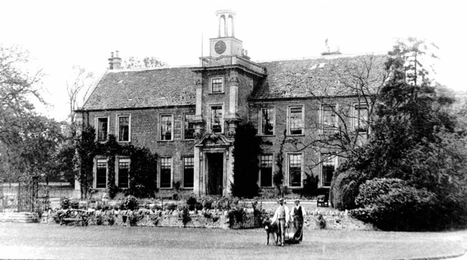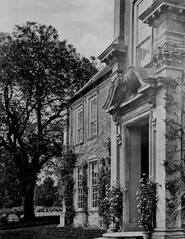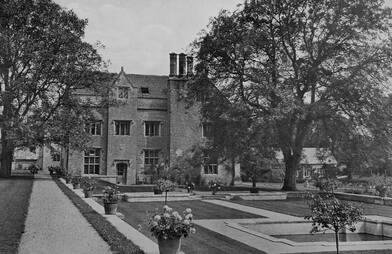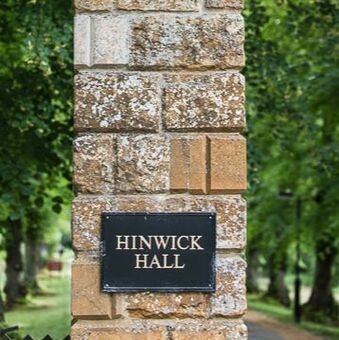ORIGINSThe Domesday Book records that in 1086 Turstin the Chamberlain owned the land which later became Hinwick Hall. Turstin was one of the 15 Proven Companions of William the Conqueror.
Hinwick Hall was first called a manor in 1269, when, besides the 1 hide 3 virgates of the Survey, it included a message with garden, buildings, and dove-house. The Tyringham family owned the manor of Hinwick during the C15, C16 and early C17 centuries, constructing the earliest parts of the current Hall c 1540. |
THE ORLEBARSThe land then passed through a range of owners until it was bought by the Orlebar family in 1653.
Richard Orlebar alienated it to Creswell Levinz. He, who was knighted in 1678, was made attorney general in 1679, in which year he alienated this property to William Livesay, whose sister Elizabeth he had married. |
THROUGHOUT HISTORYParadine Livesay son of William Livesay sold Hinwick Hall in 1706 to his uncle, Major-General John Livesay, a former governor of Jamaica. He died in 1717, when Hinwick Hall passed to his nephew John Livesay, on whose death in 1751 his youngest son St. Andrew Livesay inherited the property. He died in 1767 without issue, and Hinwick passed to his three sisters, of whom Jane wife of Richard Wagstaffe occupied Hinwick Hall in 1783.
This property was subsequently sold to Mr. John Goosey, a baker at Podington, and after passing through various owners including William Augustus Orlebar of Hinwick House, was purchased by Gilbert Robinson who restored and extended the Hall c 1910 and created various garden features. |
RESIDENTIAL SCHOOL
From May 1943 The estate largely was owned by the Shaftesbury Society and used as a residential school with associated commercial horticultural facilities. The school was opened by the Marchioness of Exeter, while the ceremony presided over by Col. R. R. B. Orlebar, J.P., Vice-Lieutenant of Bedfordshire with 200 guests in attendance.
The Residential School was closed in 2014.
The Residential School was closed in 2014.
PRESENT DAYThe hall stands in a hollow about a quarter of a mile to the east of the road to Podington and on the north side of the Wollaston road, and is approached from the latter through an avenue of lime trees, on either side of which are small sheets of ornamental water.
The present building was originally erected in the middle of the 16th century, and the south front is still mainly of that date. Extensive alterations were made in the early part of the 18th century, when the east front was entirely rebuilt in the style of the period with a Corinthian pilaster at either end supporting an entablature, the cornice of which runs right across the front. When William Augustus Orlebar took possession of the hall in 1834 he found it in a very dilapidated condition and partially restored it, while in 1908 it was thoroughly restored by Mr. G. Robinson, who remodeled the west front and made the large addition on the north. |
CREATE MEMORIESCustomise your perfect wedding. Download our wedding brochure to lean more about the unique packages we offer for wedding venues.
|
|





